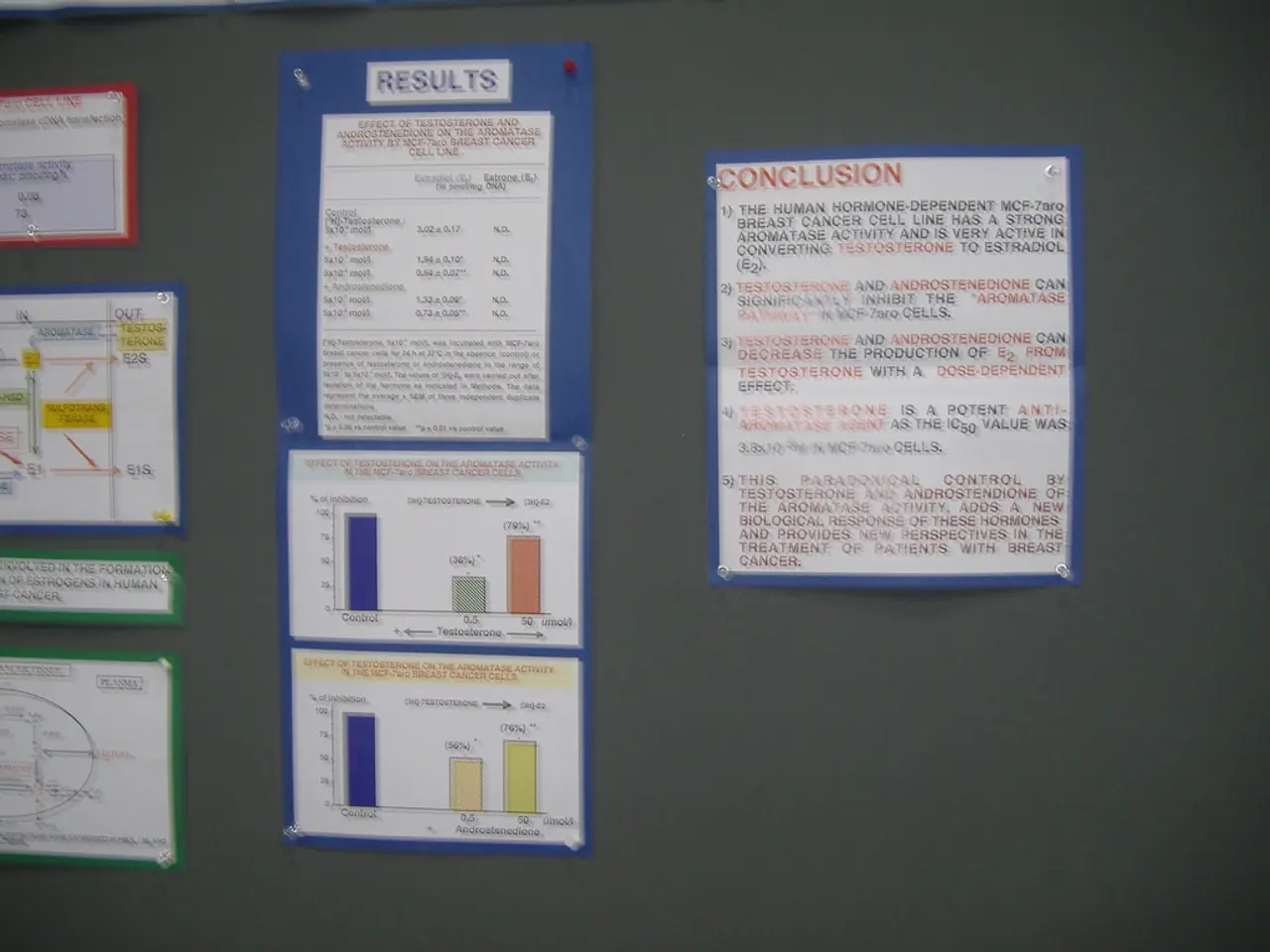Enhanced credit rating for Pakistan by Moody's due to improved financial standing
Pakistan's credit rating has been upgraded by Moody's from Caa2 to Caa1, marking a significant step forward in the country's financial standing. This upgrade also applies to the backed foreign currency senior unsecured ratings for The Pakistan Global Sukuk Programme Co Ltd and the senior unsecured MTN programme, which were upgraded to (P)Caa1.
The sovereign's fiscal position is strengthening from very weak levels, supported by an expanding tax base. Foreign exchange reserves in Pakistan are expected to continue to improve, and the upgrade was due to Pakistan's improved financial position, supported by a loan from the International Monetary Fund (IMF). Moody's has raised Pakistan's local and foreign currency country ceilings to B2 and Caa1 from B3 and Caa2, respectively.
However, the upgrade does not mean that all is smooth sailing for Pakistan. The Caa1 rating for Pakistan includes considerations of the country's weak governance and high political uncertainty. The large gap between Pakistan's local currency ceiling and sovereign rating is due to the government's relatively large footprint in the economy, weak institutions, and high political and external vulnerability risk.
The political uncertainty in Pakistan stems from multiple interrelated factors. Institutional fragility, political discord and provincial conflicts, security and militant threats, judicial and political events, external relations and economic dependencies, economic challenges within the power sector, and lengthy political disparities all contribute to this uncertainty.
Institutional fragility, for instance, is marked by tension between civilian government and military, limited judicial independence, and interference in bureaucratic functions. These factors create governance difficulties and political instability, obstructing accountability, policy continuity, and confidence-building.
Political discord and provincial conflicts, such as the Army-backed Cholistan canal project, have provoked conflicts between provinces (Sindh and Punjab), reflecting underlying political and resource-based disputes. Such discord complicates governance and fuels uncertainty.
Security and militant threats, although militant attacks have decreased recently, still remain in key regions like Balochistan and Khyber Pakhtunkhwa, exacerbating insecurity and complicating political stability. Relations with the Taliban regime and the Tehreek-e-Taliban Pakistan (TTP) insurgency add layers of complexity and mistrust.
Judicial decisions, such as the Supreme Court granting bail to former PM Imran Khan in politically sensitive cases, have triggered market jitters and highlighted ongoing political fragmentation. The involvement of the judiciary in political matters further accentuates uncertainty.
External relations and economic dependencies, such as Pakistan's strategic balancing act between China and the US, are complicated by political instability, causing Beijing to be cautious about investments and undermining economic initiatives.
Economic challenges within the power sector, despite fiscal improvements, require structural reforms, such as privatization and debt reduction, which remain politically sensitive and contentious.
Lengthy political disparities, particularly regarding the Taliban and border issues with Afghanistan (Durand Line disputes), add to internal political uncertainties and complicate policy coherence.
In summary, while fiscal indicators and IMF support may improve macroeconomic prospects, deep-rooted institutional weaknesses, political factionalism, security risks, provincial tensions, and fragile external partnerships collectively sustain political uncertainty in Pakistan.
Pakistan will remain dependent on timely financing from official partners to maintain its improving external position. The stable outlook for Pakistan reflects a balance of risks to its credit profile. However, delays in reform implementation could weaken Pakistan's external position again. Improvements in Pakistan's debt service burden and external profile could be more rapid than currently expected, but the path forward is fraught with challenges.
The upgrade of Pakistan's credit rating to Caa1 by Moody's is a sign of progress in the country's financial standing, but political factors remain a concern. The Caa1 rating includes considerations of the country's weak governance, high political uncertainty, and large footprint of the government in the economy, all of which contribute to ongoing political instability in Pakistan.




